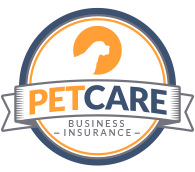DIY Dog Sitting Preparation: Ensuring Your Pet's Comfort
Understanding Your Dog's Needs
Preparing for a DIY dog sitting adventure starts with understanding your pet's unique needs. Each dog has its own set of preferences, habits, and routines that contribute to their comfort and happiness. Knowing these details is crucial for a smooth experience. Observe your dog's daily routine and make notes on feeding times, playtime, and rest periods. This information will be invaluable when planning your pet's care.
Another important aspect is recognizing any special requirements your dog might have, such as medication or specific dietary needs. Make sure you have all the necessary supplies on hand and a clear plan for administering them. Keeping a checklist will help ensure nothing is overlooked.
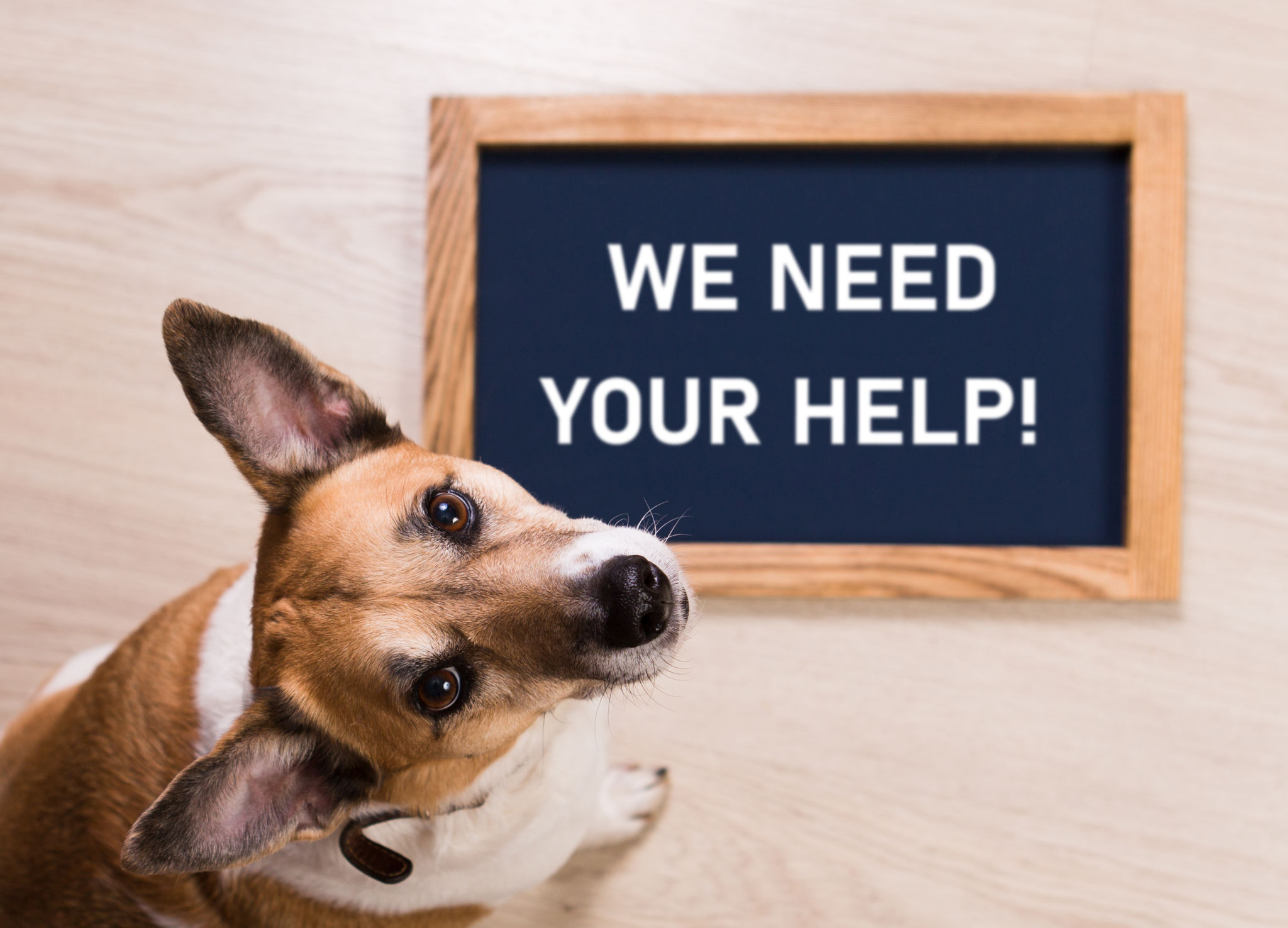
Creating a Safe and Comfortable Environment
Setting up a safe and comfortable environment for your dog is essential. Begin by designating a specific area in your home where your pet can relax and feel secure. This could be a cozy corner with their favorite bed and toys. Ensure this space is free from hazards such as loose wires or small objects that could be swallowed.
Temperature control is also important. Make sure the area is neither too hot nor too cold, and provide access to fresh water at all times. If your dog enjoys spending time outdoors, ensure that your yard is secure and free from potential dangers like sharp tools or toxic plants.
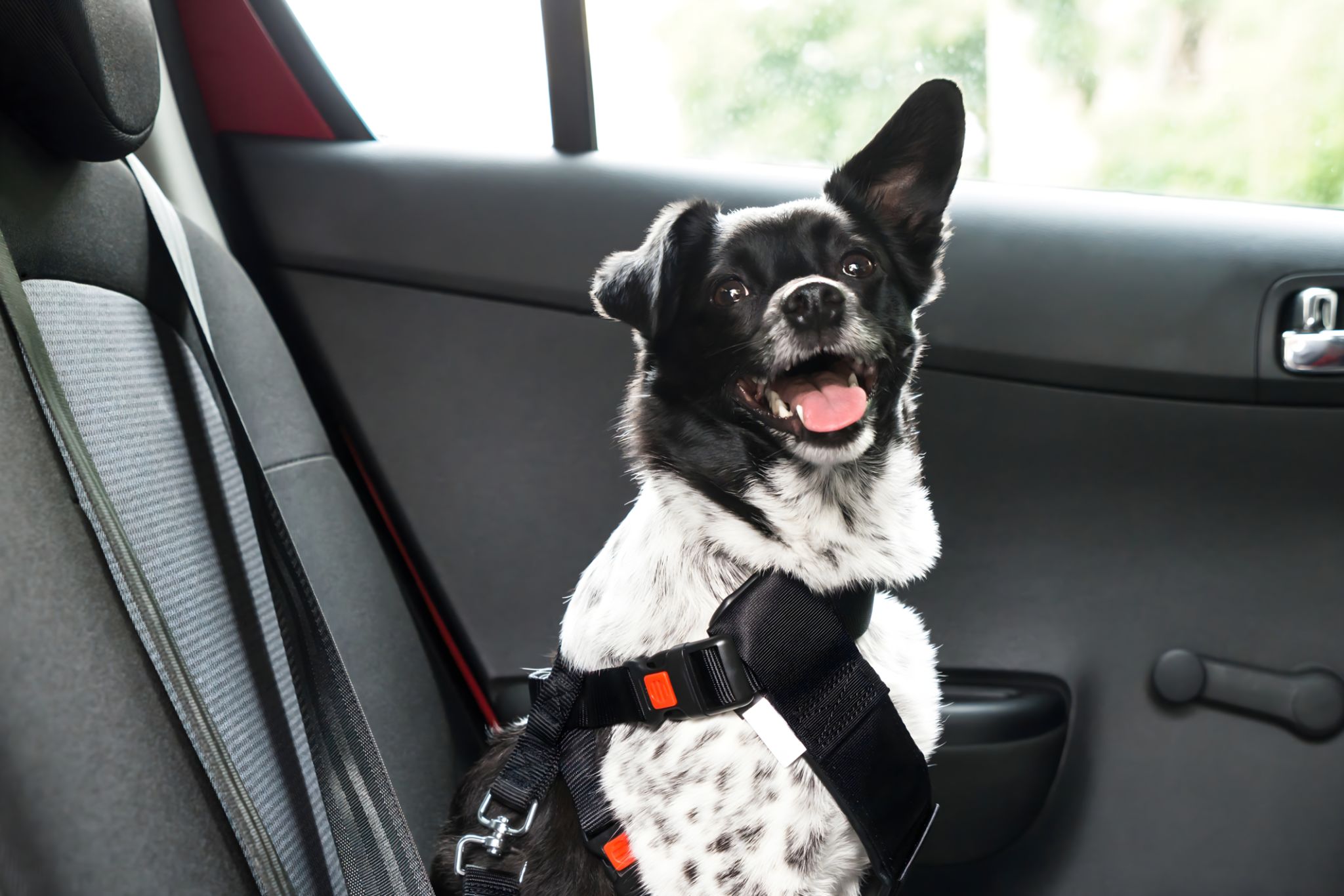
Establishing a Routine
Dogs thrive on routine, so maintaining a consistent schedule during your DIY dog sitting period will help keep them comfortable and reduce anxiety. Try to stick to their usual feeding and walking times as closely as possible. Regular exercise is important not only for their physical health but also for mental stimulation.
Engage your dog with interactive play sessions to keep them entertained. This could include games of fetch, tug-of-war, or puzzle toys that challenge their minds. A well-exercised dog is a happy and content pet.
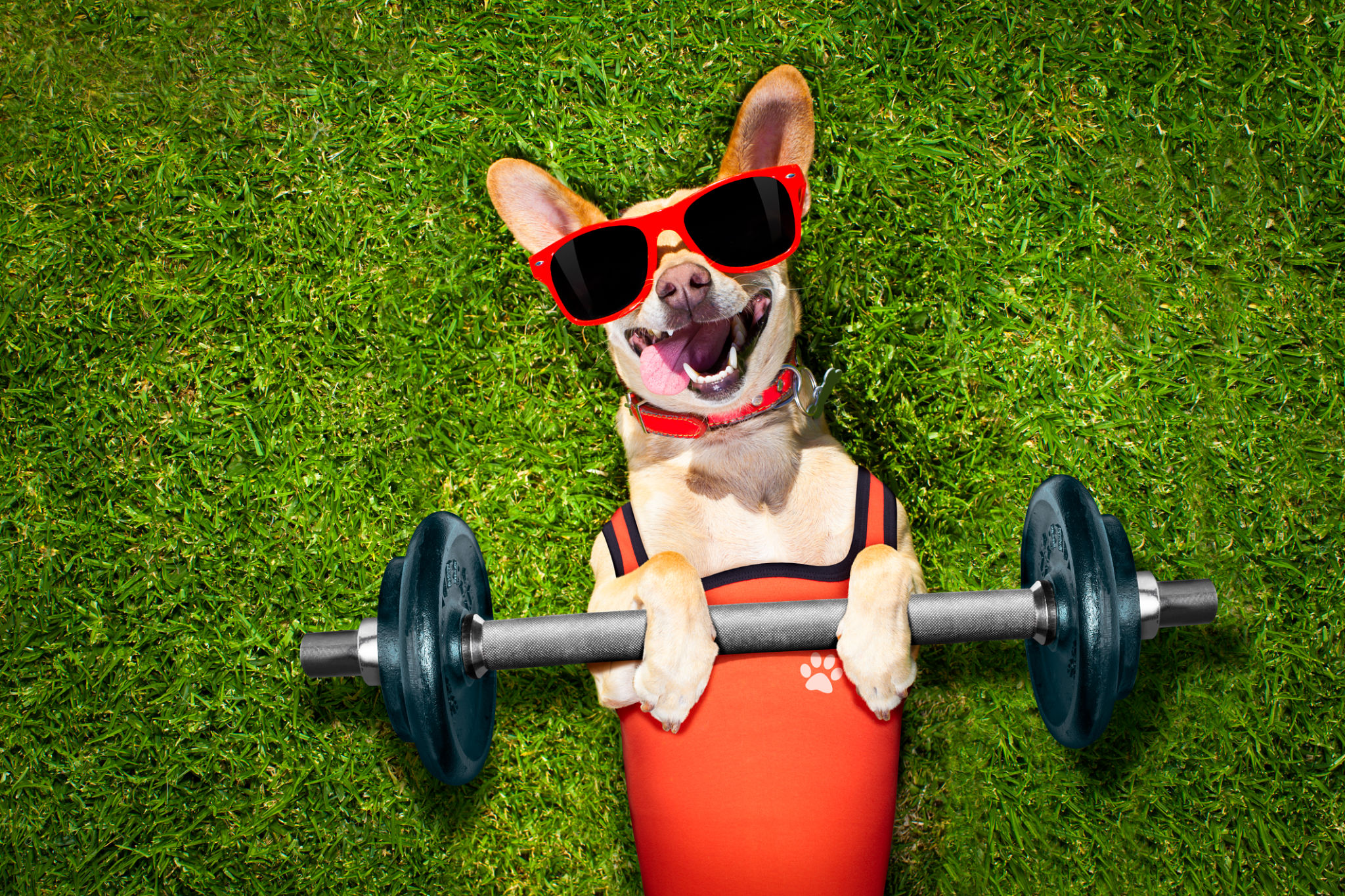
Preparing for Emergencies
No matter how prepared you are, emergencies can happen. It's crucial to have a plan in place just in case. Keep a list of emergency contacts, including your veterinarian's phone number and the nearest 24-hour pet hospital. Having a first-aid kit specifically for pets can also be invaluable in addressing minor injuries or issues that may arise.
Ensure you have the necessary transportation options available should you need to take your dog to the vet urgently. Familiarize yourself with basic first-aid procedures for pets, which can be found through various reputable online resources or pet care classes.
Communicating with Your Dog
Effective communication with your dog is key to ensuring their comfort during your DIY sitting period. Learn to read your dog's body language and understand their signals. This will help you respond appropriately to their needs and emotions.
Use positive reinforcement techniques to encourage good behavior and build trust. Consistent commands and rewards can go a long way in creating a harmonious environment for both you and your pet.
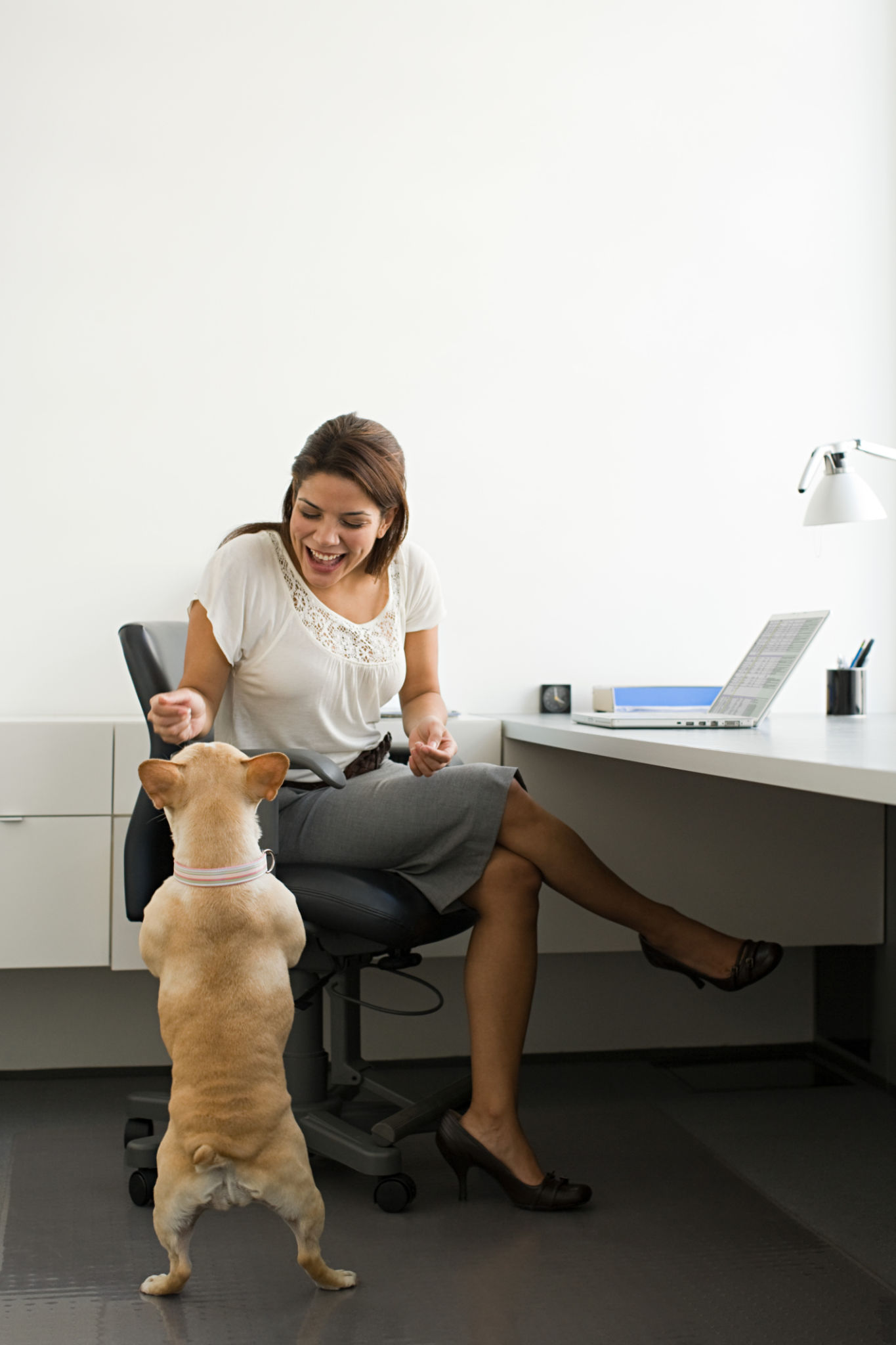
Wrapping Up Your Dog Sitting Period
As your DIY dog sitting period comes to an end, it's important to smoothly transition back to the normal routine. Gradually reintroduce any changes you made during this time, such as feeding or exercise schedules, to avoid causing stress.
Reflect on the experience to identify any areas for improvement in future dog sitting endeavors. Taking notes on what worked well and what could be enhanced will help you become a more effective caregiver for your beloved pet.
